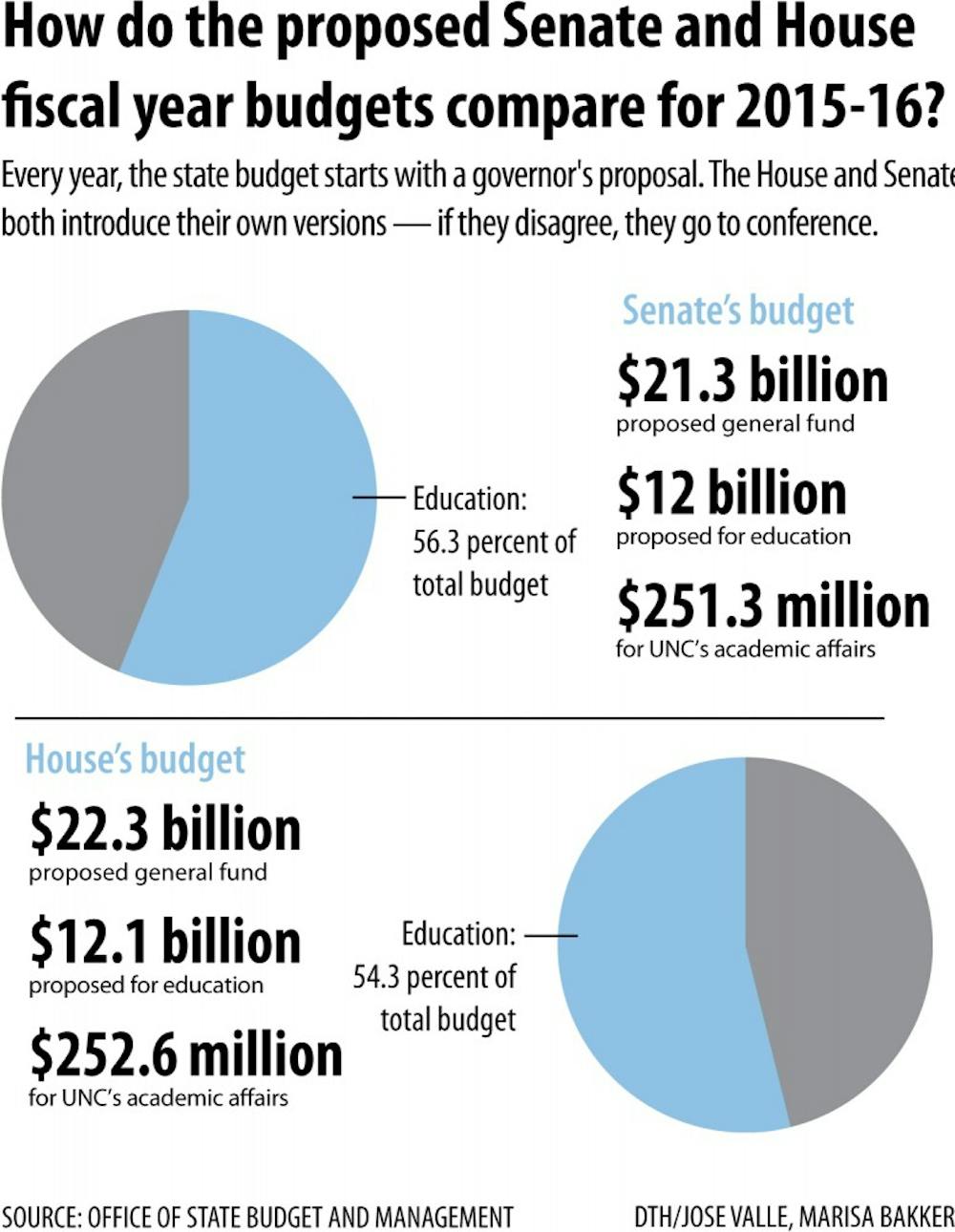Legislators in Raleigh have been fighting to resolve the 2016 budget for almost 50 days past the original deadline, said Lee Roberts, director of the Office of State Budget and Management.
The state’s fiscal year began on July 1, but lawmakers have been unable to reach an agreement and have instead passed two continuing resolutions, authorizing spending at levels consistent with last year’s budget. The most recent was passed on Aug. 12, extending the budget deadline to Aug. 31.
“The problem with the continuing resolutions — although you certainly have to continue authorizing expenditures — is that it creates havoc for public schools across the state,” said Sen. Dan Blue, D-Wake, the N.C. Senate Democratic leader. “School will be starting in another week and many of them have no solid idea of what kind of funding they’re going to have.”
The budget debate is less about how much money to spend, but where to spend it, Roberts said. North Carolina spends a good deal of its budget on education, $4.2 billion of which is spent on the UNC system and $900 million on UNC-Chapel Hill.
While there are several points of conflict between existing proposals, funding for teaching assistants is perhaps the most contentious, said N.C. Sen. Joel Ford, D-Mecklenburg. The Senate proposal has slashed funding for K-12 teachers aides — affecting more than 8,500 aides — instead directing the money to reducing class sizes.
Several in the Senate and House have argued that the Senate majority has simplified the trade-off between teaching assistants and class size, each aimed at giving children the most personalized education.
“It’s a question of whether we believe that we ought to invest in the education of our children — teachers assistants, smaller class sizes and all of those things go hand-in-glove, and it’s a false dichotomy that there’s a choice between them,” he said. “This is a ploy by the Senate leadership to justify the lack of funding to teachers assistants.”
Martinette Horner, the director of outreach for the UNC School of Education, said smaller class sizes do not adequately address the nature of the needs in a classroom.




